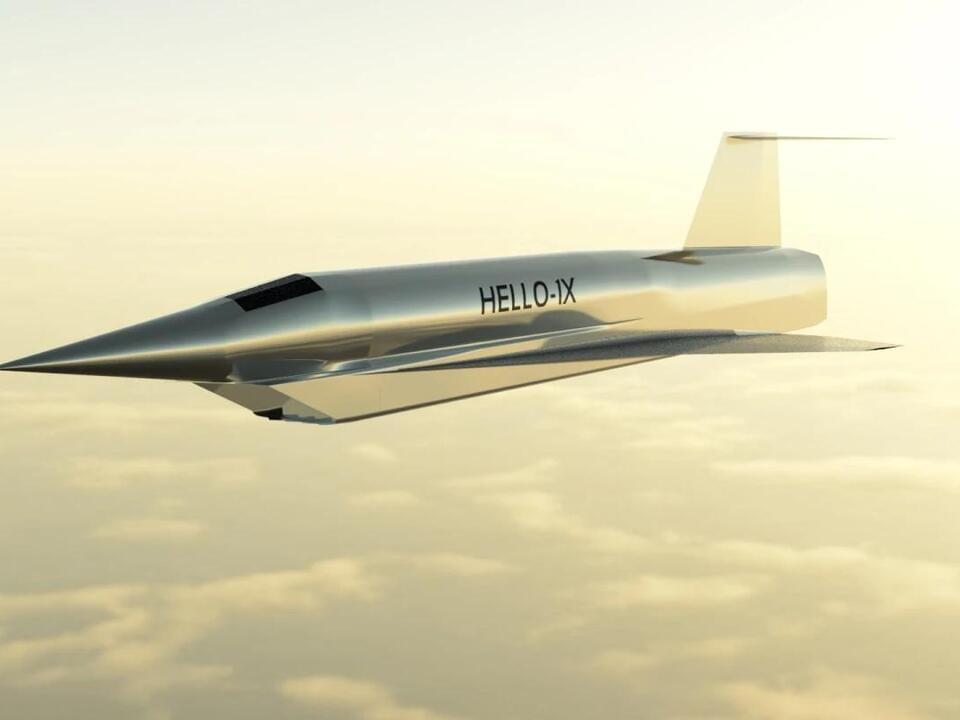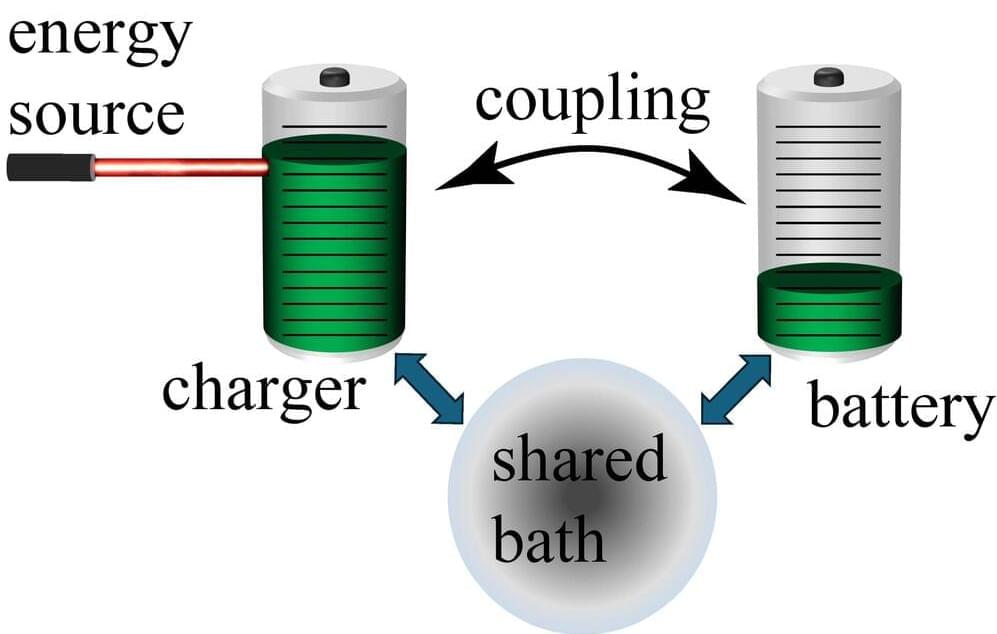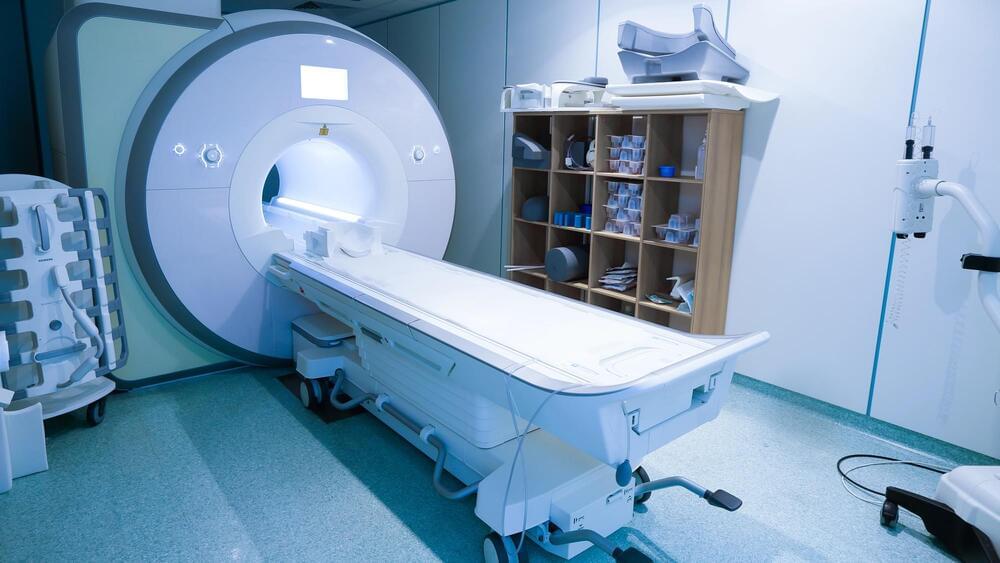I found this on NewsBreak: Space Engine Systems Successful in UK MoD Hypersonic Technology Challenge #Engineering
EDMONTON, Alberta—(BUSINESS WIRE)—May 29, 2024—
Space Engine Systems (SES), through its UK operations based out of Spaceport Cornwall (SES Ltd), has applied its aerospace technology expertise to a £1 Billion GBP ($1.27 Billion USD) challenge issued by the UK MoD linked to Hypersonic Technologies and was very recently notified that it had secured a place in the Hypersonic Technology and Capability Development Framework (HTCDF). DE&S to award contracts on £1 billion framework to develop UK’s first hypersonic missile — Defence Equipment & Support (mod.uk). This framework will enable the rapid development of advanced hypersonic missile capabilities, and related technology, over the next 7 years.



